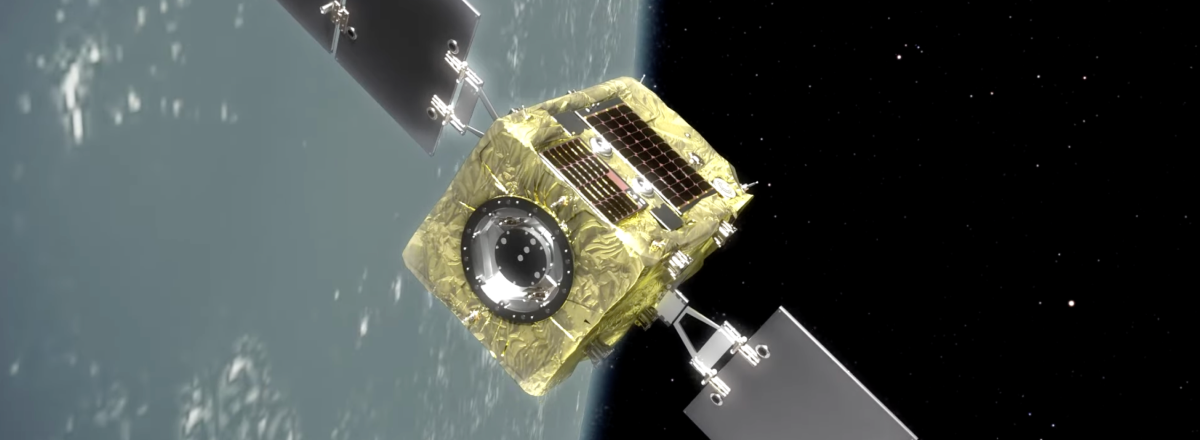Astroscale's Mission to Clean Space Is Targeting Orbital Debris
The challenge lies in the fact that the rocket stage lacks any visual markers for identification and offers no means to facilitate docking, making it a difficult target for clean-up operations.

In an ambitious step towards addressing the escalating issue of space debris, Japanese startup Astroscale has embarked on a groundbreaking mission to inspect and ultimately remove defunct satellites and rocket parts from Earth's orbit.
🛰️ ADRAS-J Update: Our spacecraft remains in good health and operations are going as planned. Both our teams in Japan and UK will continue to make scheduled thruster burns to ensure a safe approach towards the rocket upper stage over the coming weeks.#ShowtheWayADRASJ pic.twitter.com/qiFZWlOvQr
— Astroscale (@astroscale_HQ) March 11, 2024
The initiative, known as the Active Debris Removal by Astroscale-Japan (ADRAS-J), has caught the attention of space agencies and environmentalists alike, as it represents a proactive approach to safeguarding the space environment for future generations.
Astroscale's mission was set in motion with the launch of the ADRAS-J spacecraft aboard Rocket Lab's Electron rocket from New Zealand. This satellite is designed to rendezvous with a large piece of orbital junk – specifically, the upper stage of a Japanese H-2A rocket that has been adrift in low Earth orbit for over a decade. The defunct rocket stage, measuring 11 meters in length and weighing approximately 3 tons, poses a significant risk of colliding with active satellites, thereby exacerbating the space junk problem.
The challenge lies in the fact that the rocket stage lacks any visual markers for identification and offers no means to facilitate docking, making it a difficult target for clean-up operations. However, Astroscale's mission aims to demonstrate the feasibility of locating such lost objects, approaching them safely, and conducting a detailed inspection. The ultimate goal is to attach to the debris and guide it through a controlled re-entry into the Earth's atmosphere, where it will be safely incinerated.
This mission is part of a broader effort to combat the growing concern over space debris, which includes everything from spent rocket stages to defunct satellites. Not only does this space junk pose a threat to satellite operations and space exploration, but it also increases the risk of catastrophic collisions that could render certain orbits unusable.

